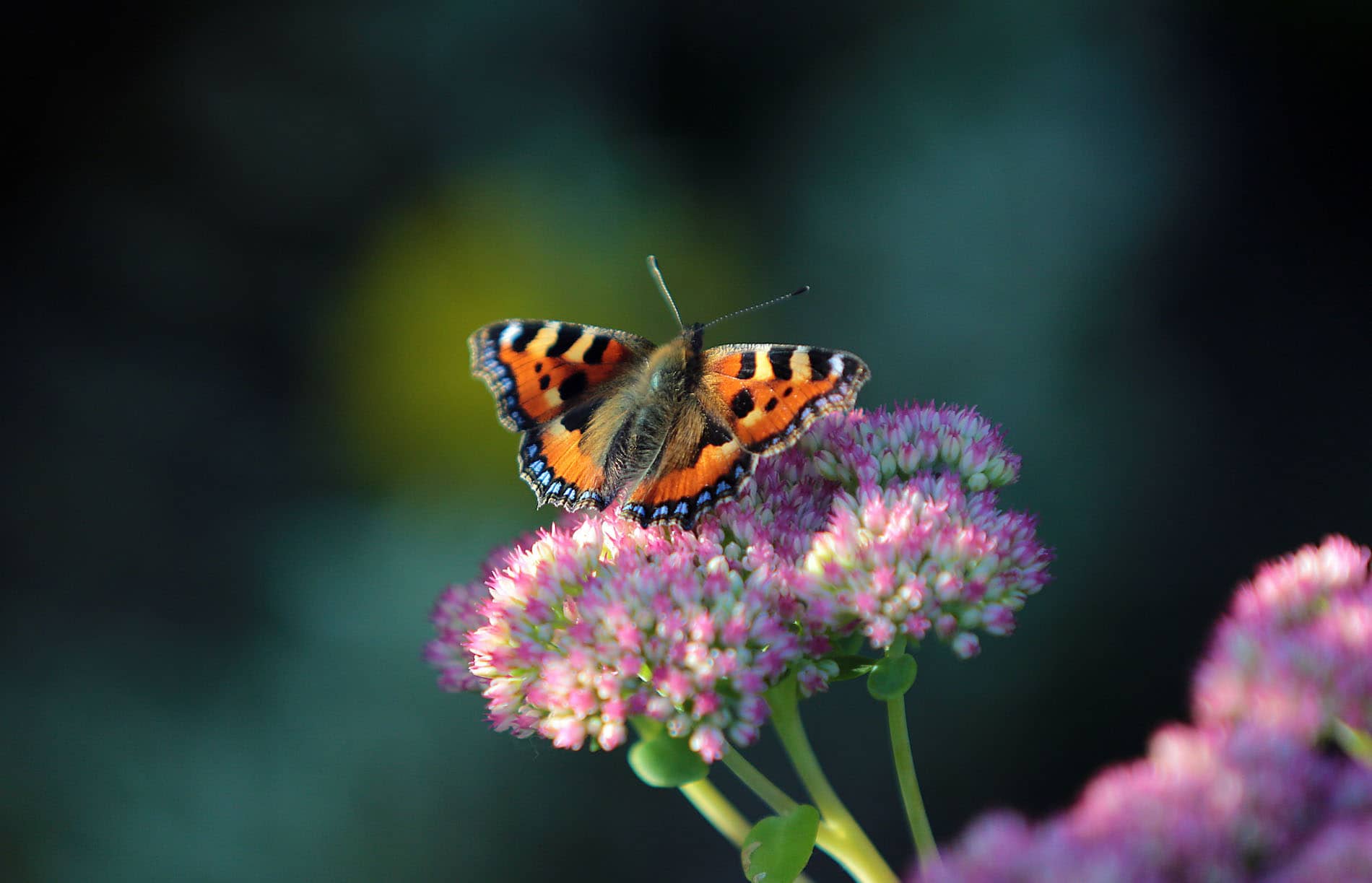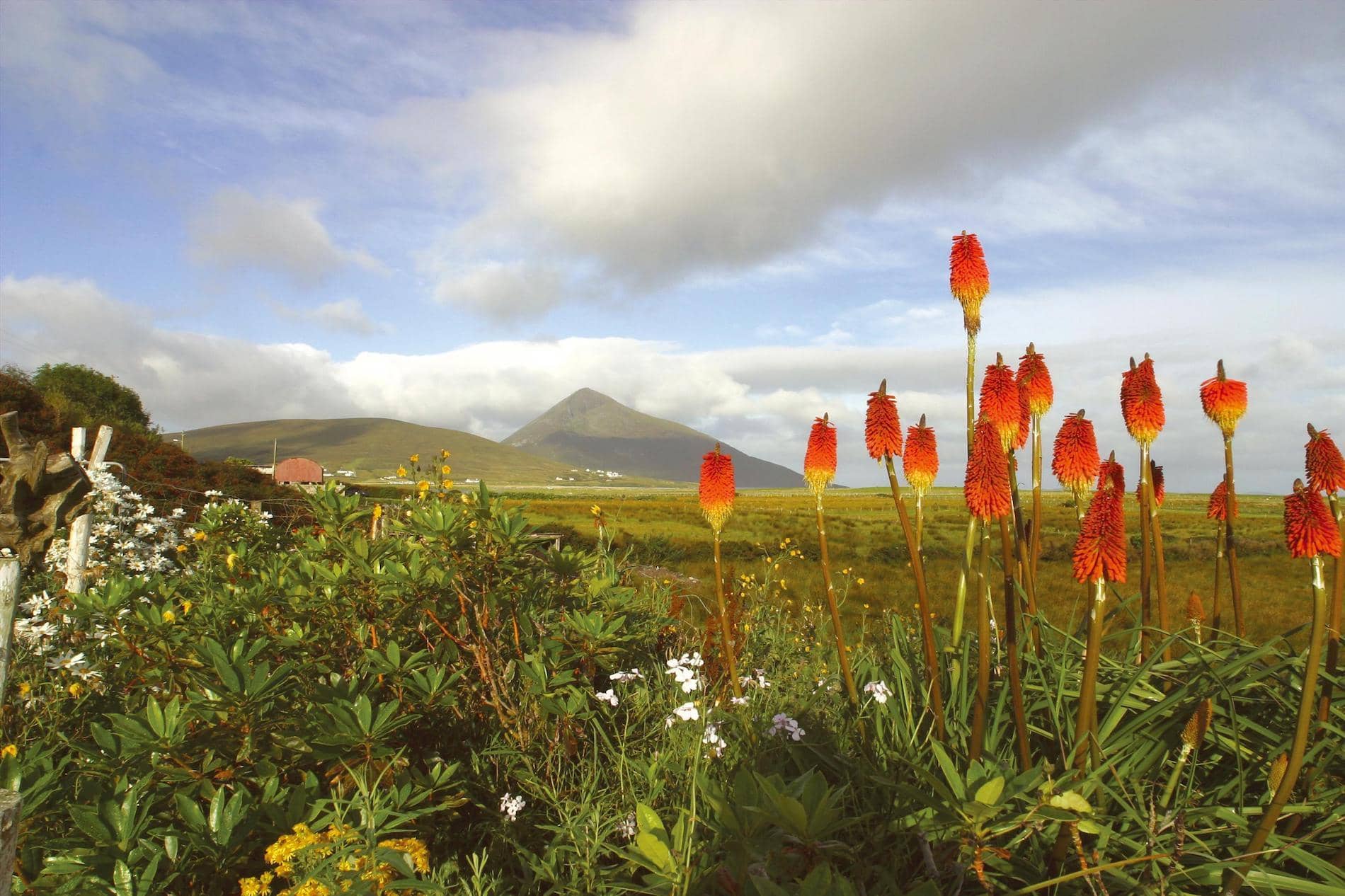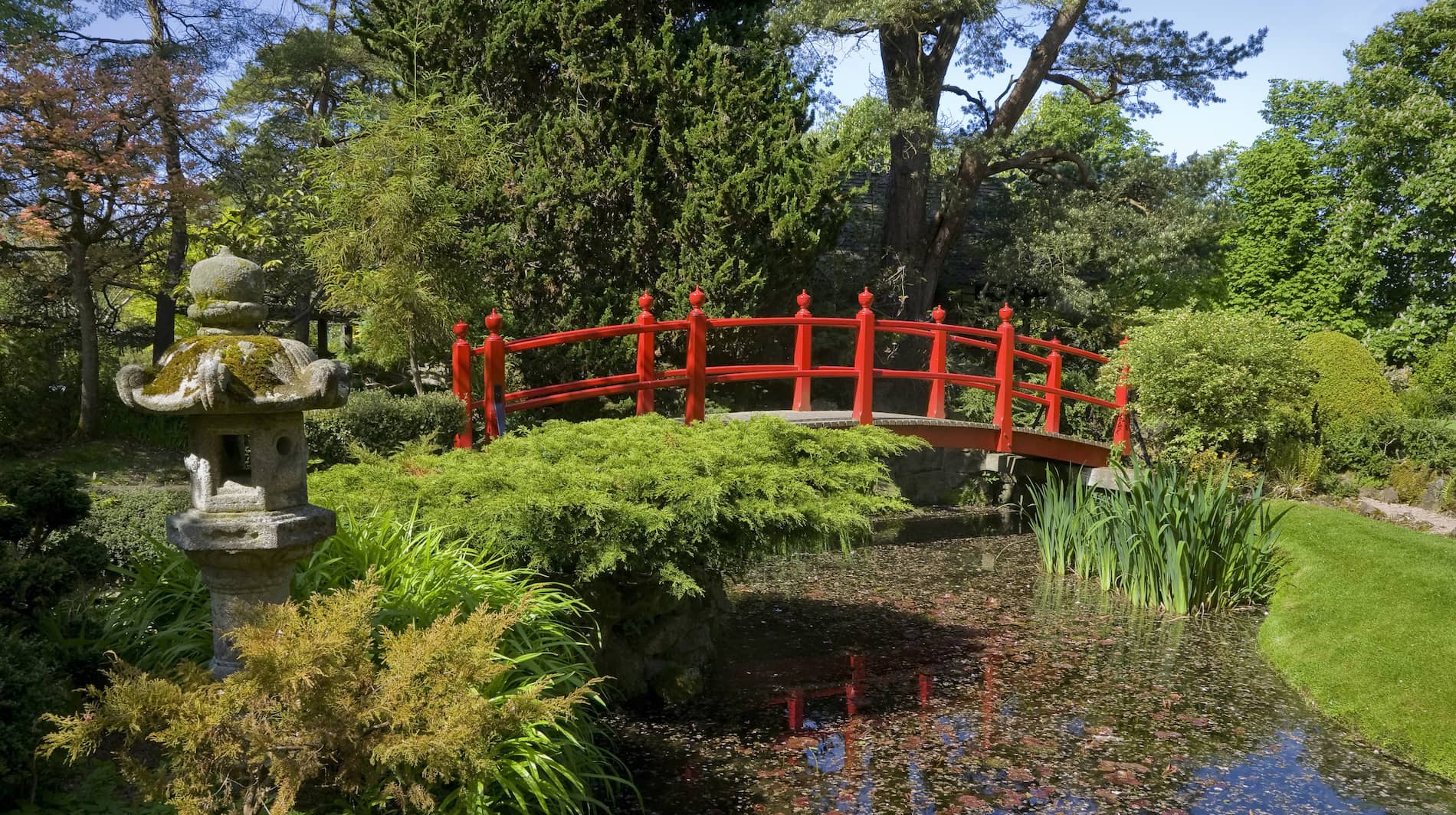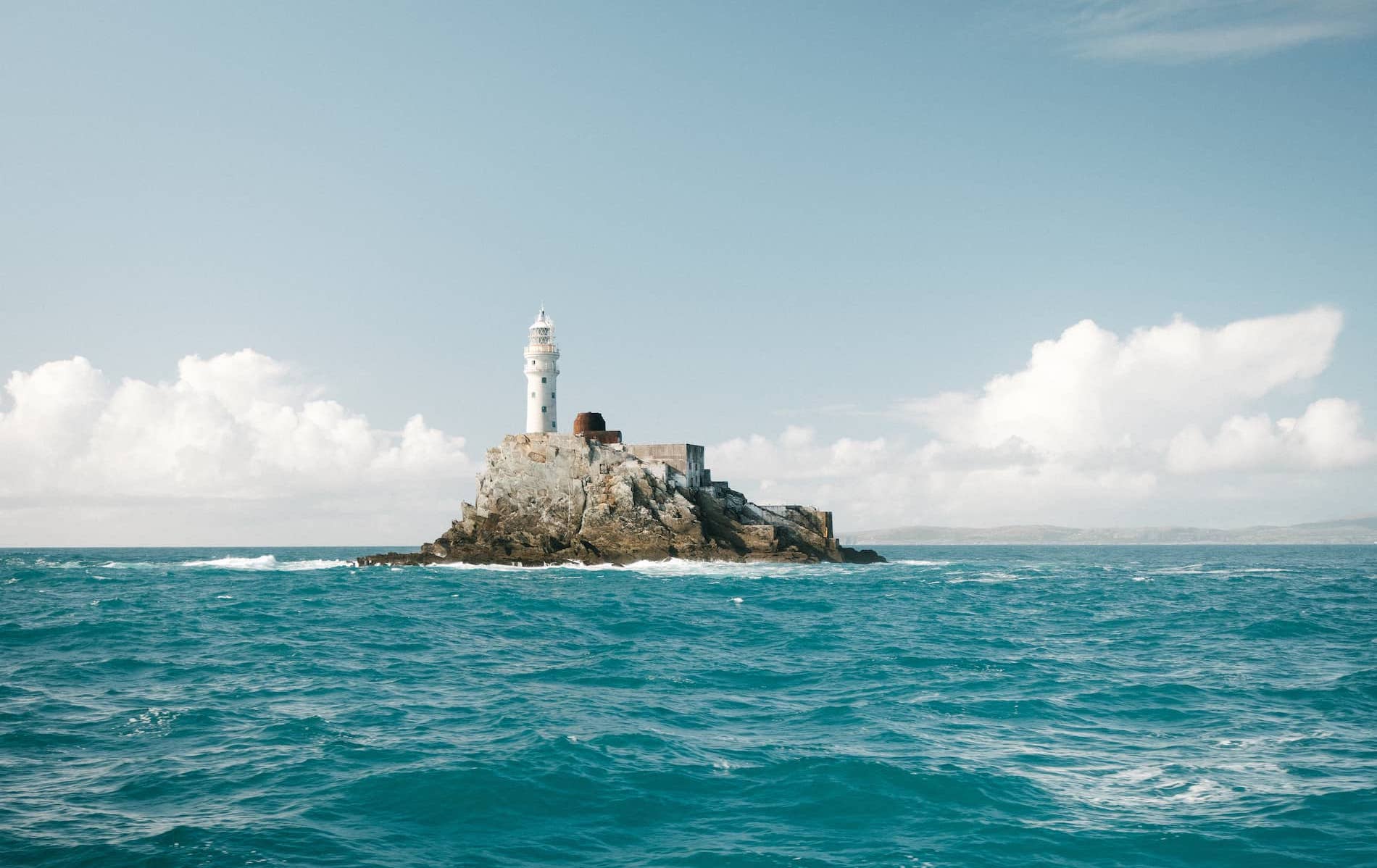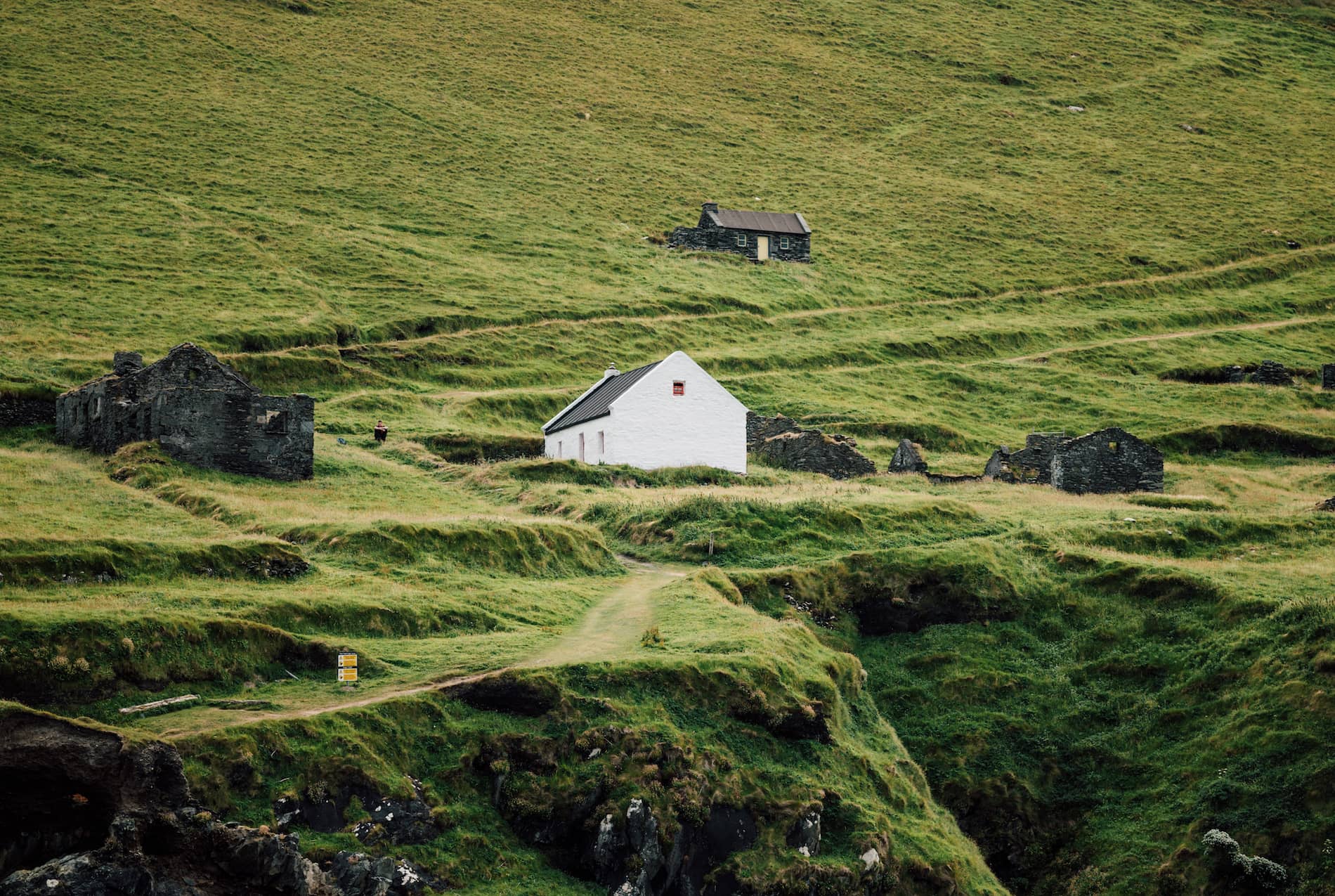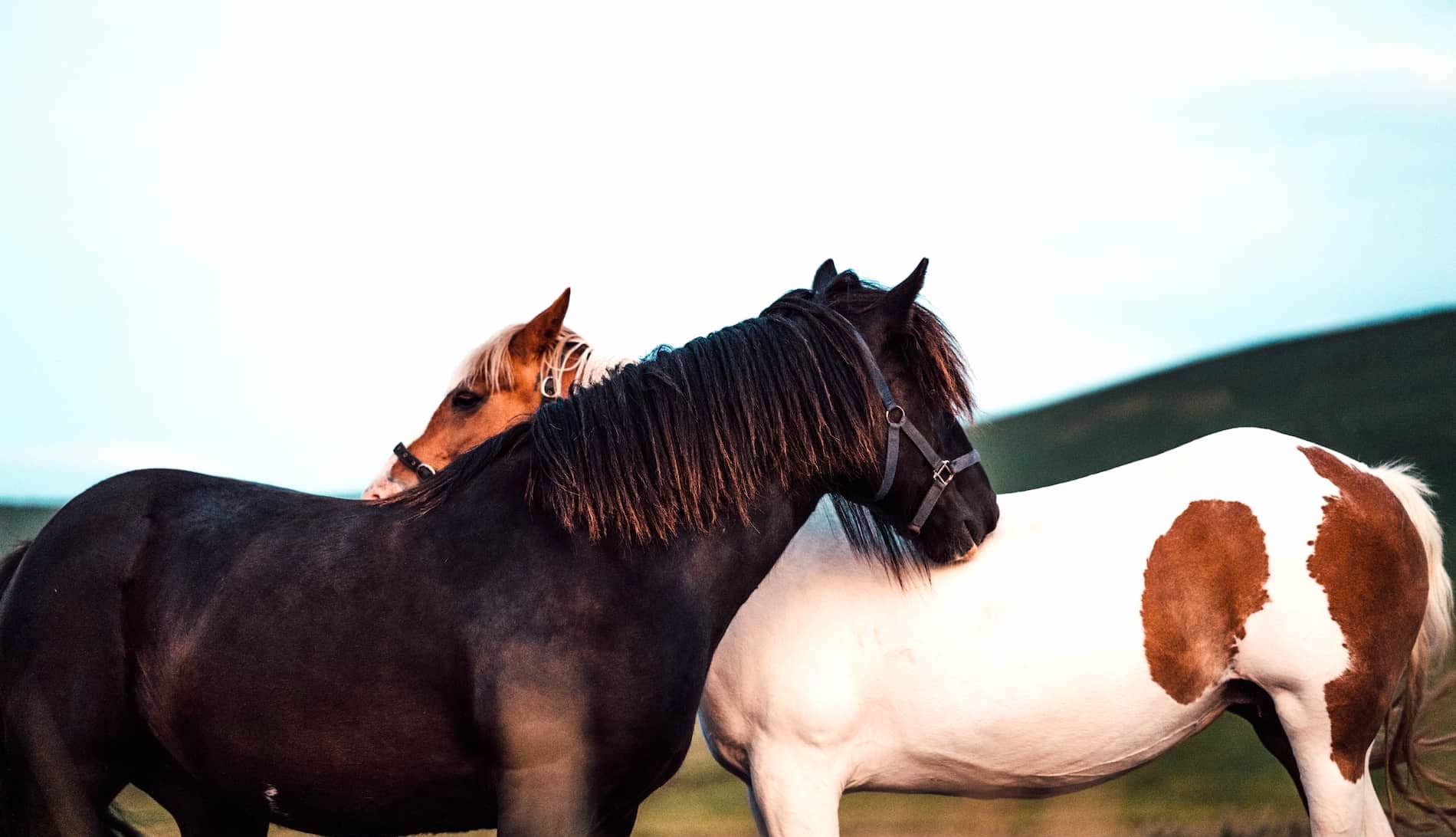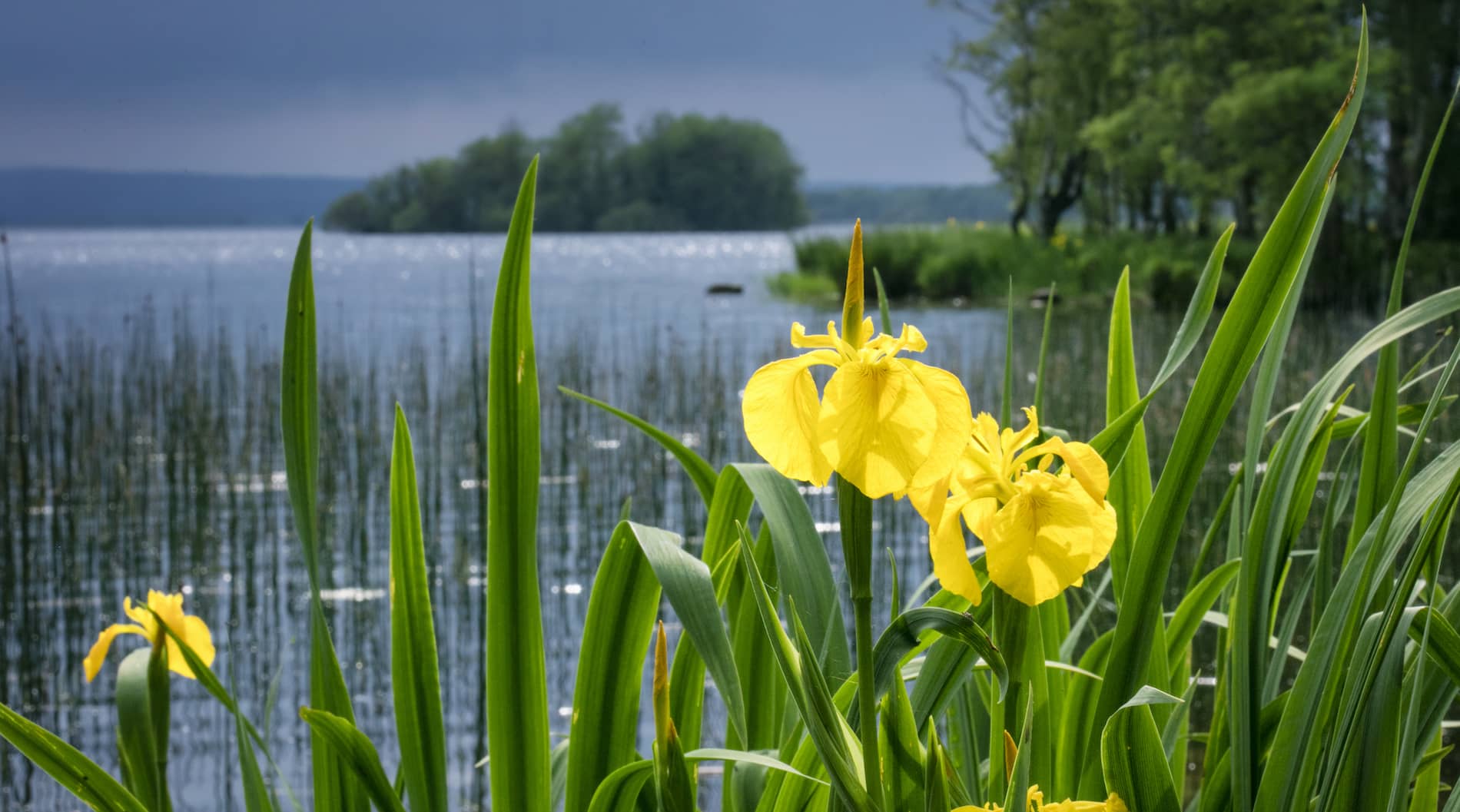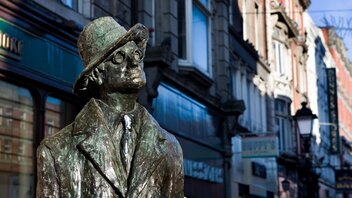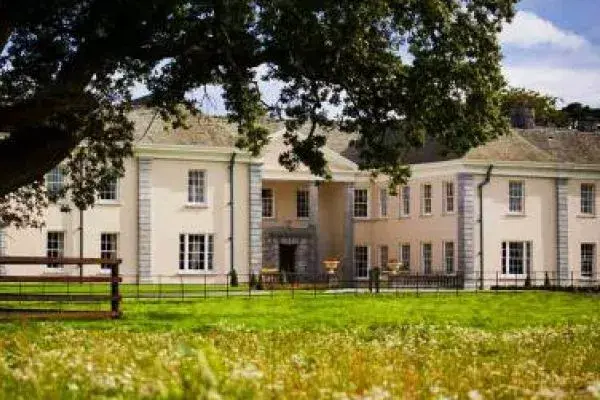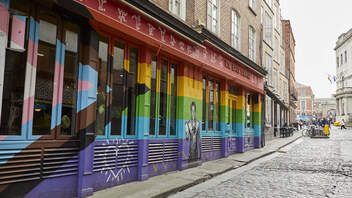
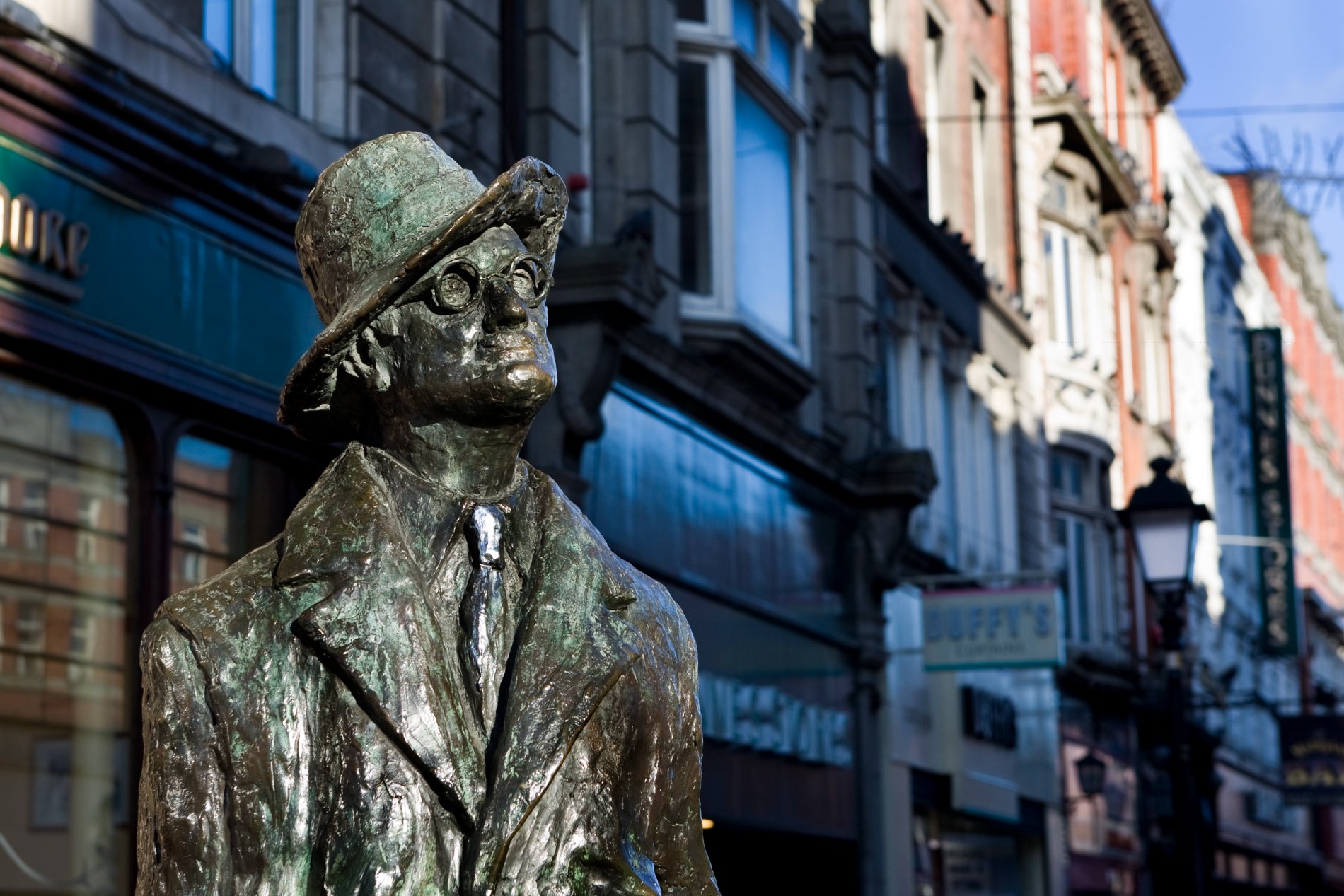
Dublin’s alternative literary landmarks
Four Nobel Prize winners for literature have been among them, and it’s been enough to earn a UNESCO City of Literature title. From timeworn pubs to literary swimming spots, here’s some different ways to connect with Dublin’s literary history.

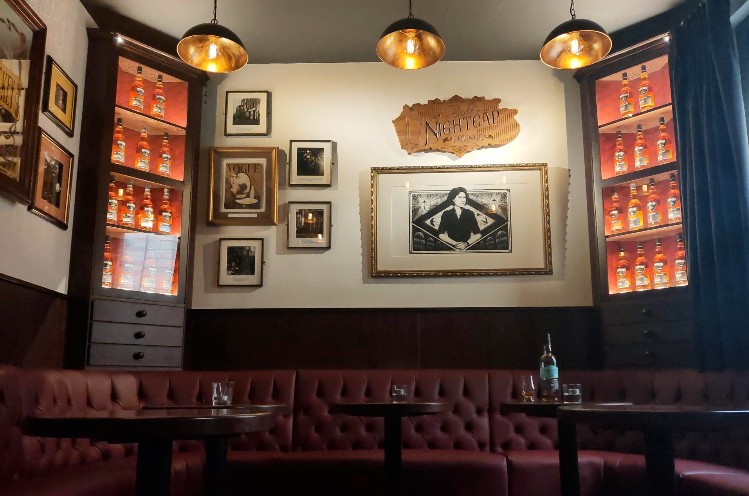
The Palace Bar, Dublin city
Pubs and literature go hand in hand in Dublin. And the mother of all Dublin’s literary drinking dens is the Palace Bar on Fleet Street. Writers have been drinking here since 1843, including Flann O’Brien, Brendan Behan and Patrick Kavanagh. It was also the unofficial HQ for Robert M Smyllie (editor of The Irish Times), who held literary gatherings here throughout the 1930s and 1940s. Look out for the brass square at the base of the lamppost outside, paying tribute to the most famous literary patrons.

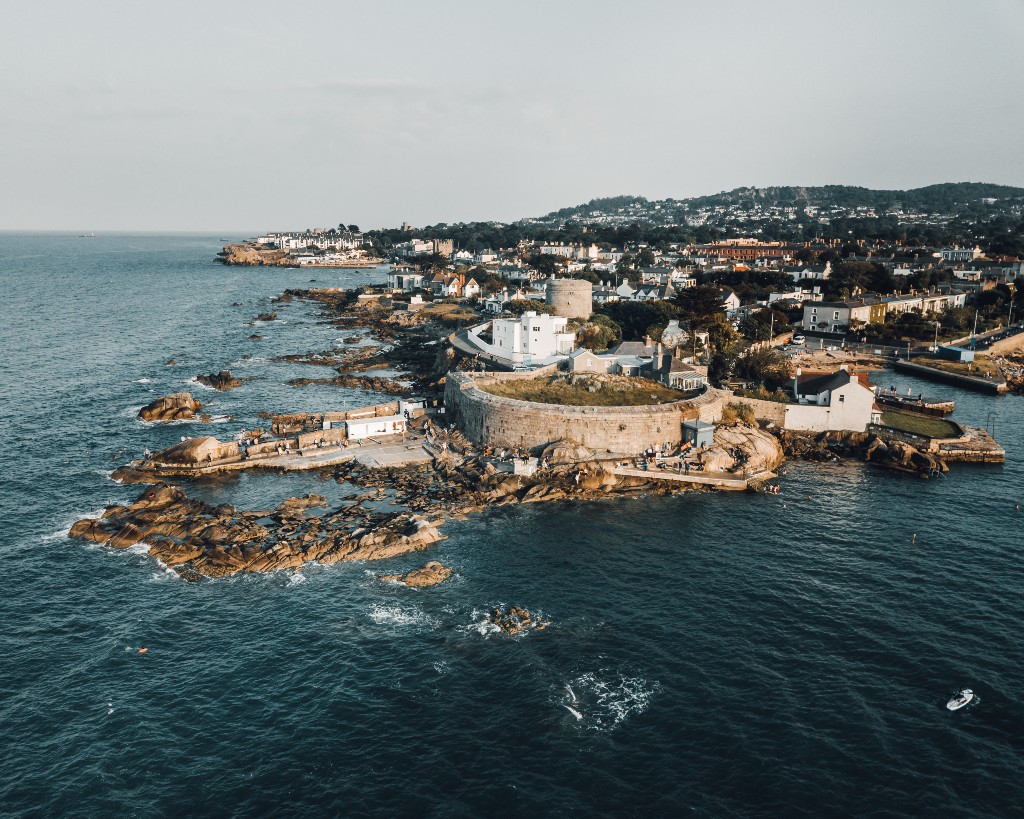
An aerial shot of the Forty Foot, County Dublin Ⓒ Shutterstock
Jump on the Dart, which curves along Dublin’s coastline, and get off at Sandycove and Glasthule. From here, it’s a short walk to one of Dublin’s most famous places to take a dip, the Forty Foot. Hardy locals brave the waters here all year round, but it’s at its best in the summer when the blue-green waters shimmer and the craic (fun) is mighty. Best of all, the Forty Foot featured in the opening chapter of James Joyce’s Ulysses. Afterwards, drop into the James Joyce Tower & Museum just steps away (Joyce spent six nights in the tower in 1904) to find out more about the writer and his legacy.

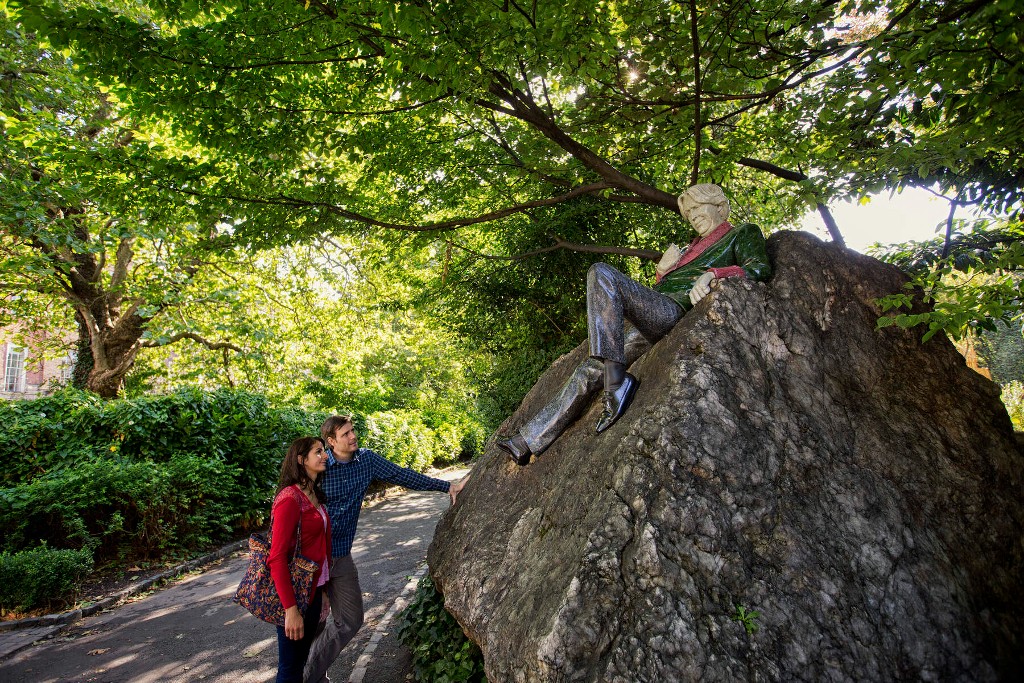
Oscar Wilde Statue in Merrion Square, Dublin city
Dublin loves its literary statues and you can spot monuments to our great wordsmiths all over the city. Head to the idyllic surrounds of Merrion Square and go hunting for the colourful statue of Oscar Wilde reclining on a rock (Wilde grew up across the street in what is now the Oscar Wilde House owned by the American University Dublin). James Joyce stands tall, walking stick in hand, on North Earl Street, while Dubliners like to take a seat beside poet Patrick Kavanagh in the leafy green surrounds of the Grand Canal Dublin.

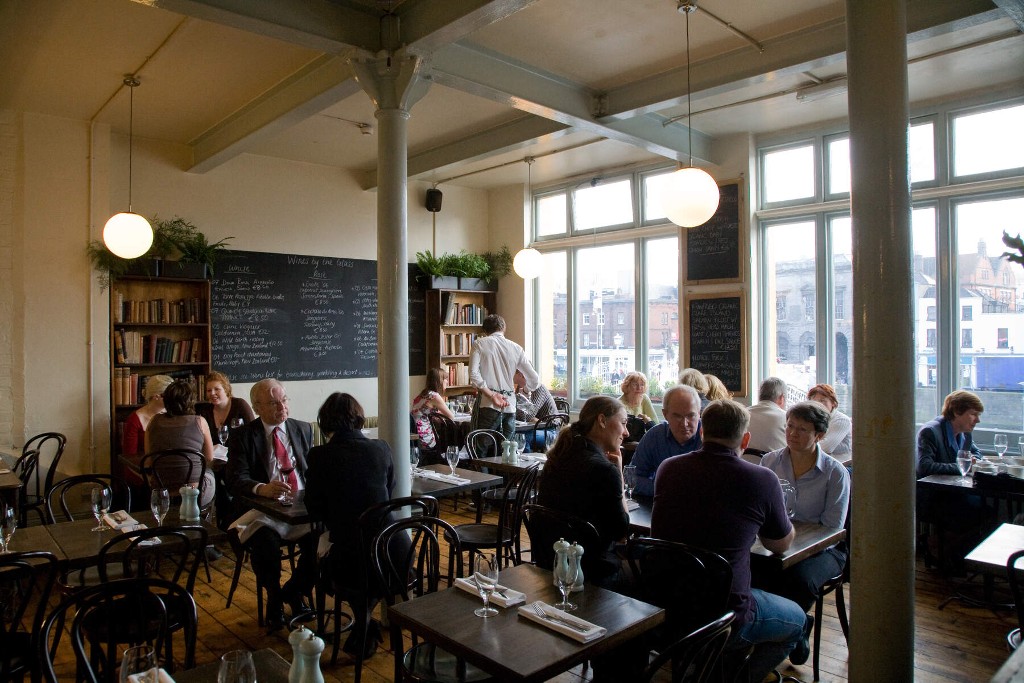
The Winding Stair, Dublin city
Located just beside the Ha’penny Bridge, The Winding Stair bookshop takes its name from a WB Yeats poem (as well as its winding staircase!), and has a delightfully relaxed atmosphere that places it among some of the best bookstores in the world. Keep your eye on their website for events including plays, open-mic sessions and photography exhibitions. Upstairs you’ll find a buzzing restaurant that serves artisan produce in an elegantly rustic space.

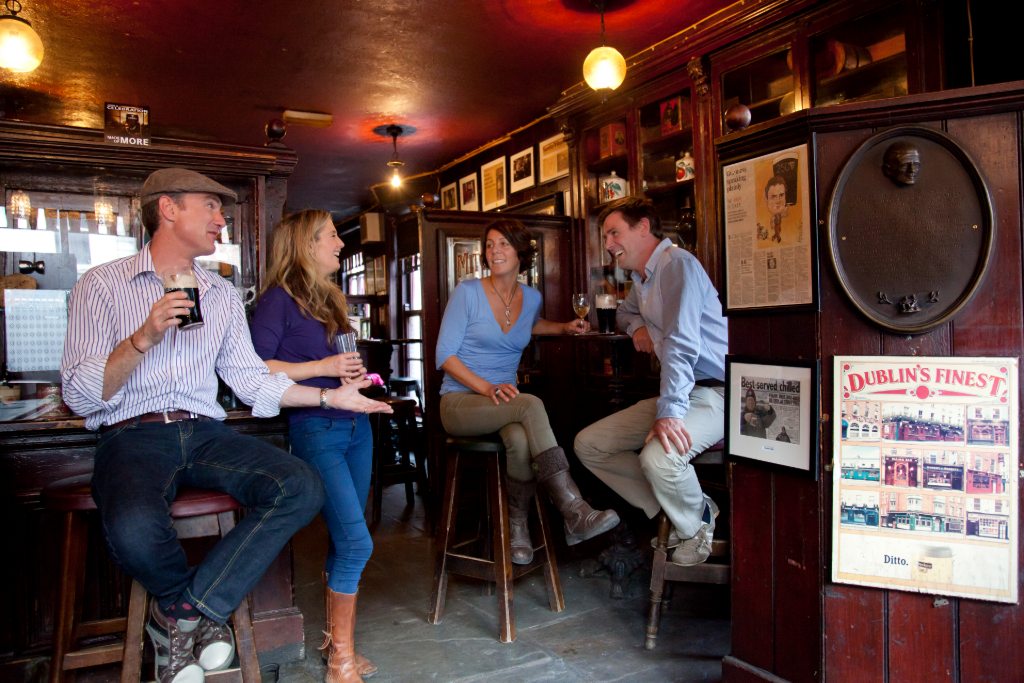
Toners pub, Dublin city
The poet and playwright WB Yeats was not a pub fan, so the fact that he stepped into Toners for a sherry is quite the badge of honour. Bram Stoker, author of Dracula, was a more frequent visitor. Come today to soak in Toners’ rustic feel, with original stock drawers behind the counter and a traditional stone floor.

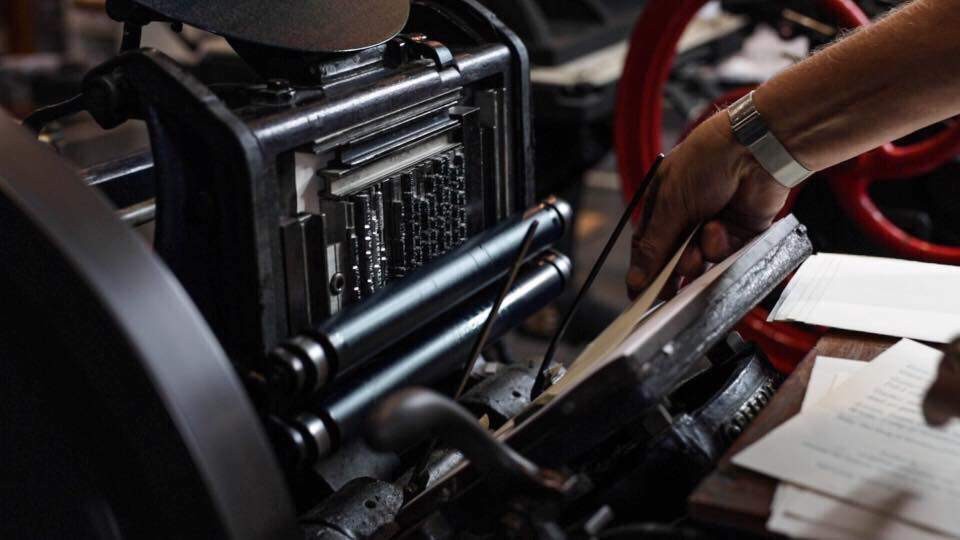
A Peerless Platen press, National Print Museum, Dublin city
Often overlooked in favour of some of Dublin’s big hitting literary attractions including Trinity College, MOLI and the Dublin Writers Museum, the National Print Museum is a little gem. Scoring five stars on TripAdvisor, the museum traces the impact of print on Ireland and the world, with a charming layout that replicates a traditional print shop.
.




